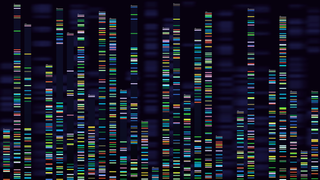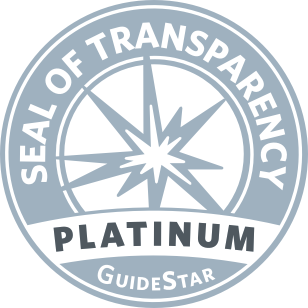
Overview
The Research Core Award provides funding support to individuals or teams striving to identify, development, characterize and support relevant large animal models of inherited retinal disease (IRD) or dry age-related macular degeneration (dAMD) that are poorly modeled in rodents for which canine models do not currently exist, such as Stargardt disease and Usher syndrome. For translational research it is important to provide access to eyes that more closely resemble the size, structure and histology of the human eye, particularly models with large aqueous and vitreous humor volumes, a cone-rich region, and ciliary processes around the photoreceptors. Applicants must hold a Ph.D., M.D., D.M.D., D.V.M., D.O., O.D., or equivalent degree and have a faculty position or equivalent at a domestic or foreign non-profit organization, or public or private institution, such as a university, college, medical school, hospital, research institute, or laboratory. Funding for this effort will be considered up to $500,000 over three (3) years. Individuals from underrepresented racial, ethnic and gender groups, as well as individuals with disabilities, are always encouraged to apply.
Applying
All prospective award recipients first submit a Letter of Intent and, by invitation only, an application via the Foundation’s online application portal. Application guidelines should be downloaded and reviewed before beginning your application.
The Research Core: Non-rodent Large Animal Award is now accepting letters of intent through the application portal.
Note: the timeline and method of submitting a Research Core LOI has changed from previous submissions. Select “Individual Investigator Research Grant - Letter of Intent” in the Application Manager. Select “CMM Non-Rodent Large Animal” under FFB Research Priority Area to submit a Non-Rodent Large Animal Model Letter of Intent.
Reporting
Research progress and accomplishments are tracked during the funding period through Scientific Progress and Financial reports.




